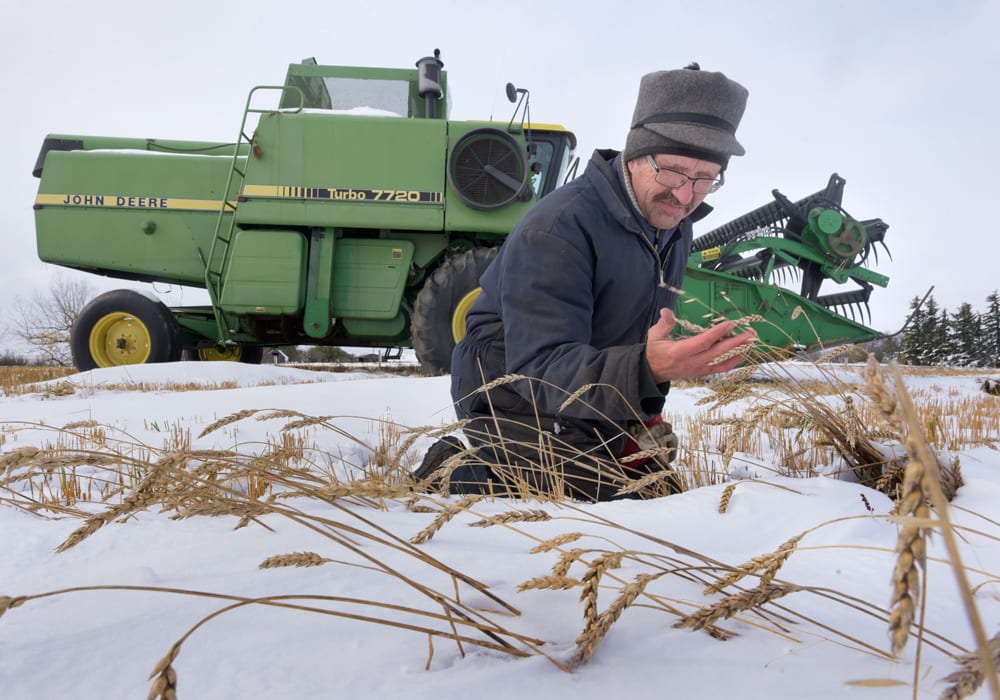As Canadian farmers start thinking about what to plant next spring, global trade patterns and weather will play into decision making.
“It’s very difficult to decide where this all is going. That obviously also has implications on where the futures prices go and what signals the farmers are taking from that,” said Marlene Boersch of Mercantile Consulting.
The global agriculture picture is constantly shifting as trade relationships change depending on weather and politics. While it looks like the trade war may be thawing between the United States and China after the Dec. 1 G20 meeting between the two countries, nothing is certain. Droughts in Australia and India this year have also threatened production there and are affecting global agriculture supply.
Read Also

Gene editing digs deeper space in Canadian plant breeding
More Canadian research into crop variety development is incorporating gene editing, and one researcher notes that Canada’s regulatory approach to gene editing will help drive innovation
As an adviser, Boersch is having trouble finding a clear picture to deliver to clients. The trade situation between China and the U.S. worries her because it will affect how many soybeans U.S. farmers plant next year, which in turn affects their corn and wheat acres, affecting global supply.
“When you have a lot of political interference, it’s no longer the supply-and-demand balance that you look at as much. You’re trying to second guess what some of the tariff barriers will do. Similar to what we have seen on pulses in India for example, that has big implications as well,” she said.
The situation with India has been improving though, at least for Canadian farmers. Reports out of India have reduced pulse acres being seeded due to dryness there this year, meaning the country may need to start importing pulses again.
“If you’d called me two weeks ago and said there will be far less pulse acres in 2019-20 (in Canada) because the marketing conditions are really terrible for them, well actually, the marketing conditions have improved … and they’re showing signs of life,” said Neil Townsend with FarmLink Marketing Solutions.
On top of this, Australia, the other large pulse importing nation for India, is experiencing an ongoing drought, which has reduced crop production there. With the dryness in both countries, Townsend and Boersch expect pulse acres in Canada could increase in the coming year.
Even with the current global trade climate, Townsend doesn’t expect to see a huge change in acres in Canada.
“When you’re talking about Canadian farmers, to a large part of what they do is kind of dictated by a rotation. So they don’t actually have as many swing acres as maybe people think they have,” Townsend said.
Farmers will be paying attention to price markers, Townsend said. He expects durum acres to go down because the price outlook for them hasn’t been good of late. Some of those acres could be switched to spring wheat. Prices for oats, barley and fall rye are looking promising, which could lead to more acres seeded to those crops.
“I would also still look at canola. Canola isn’t moving quite as well as last year, but you still can make some money with it,” Boersch said.















